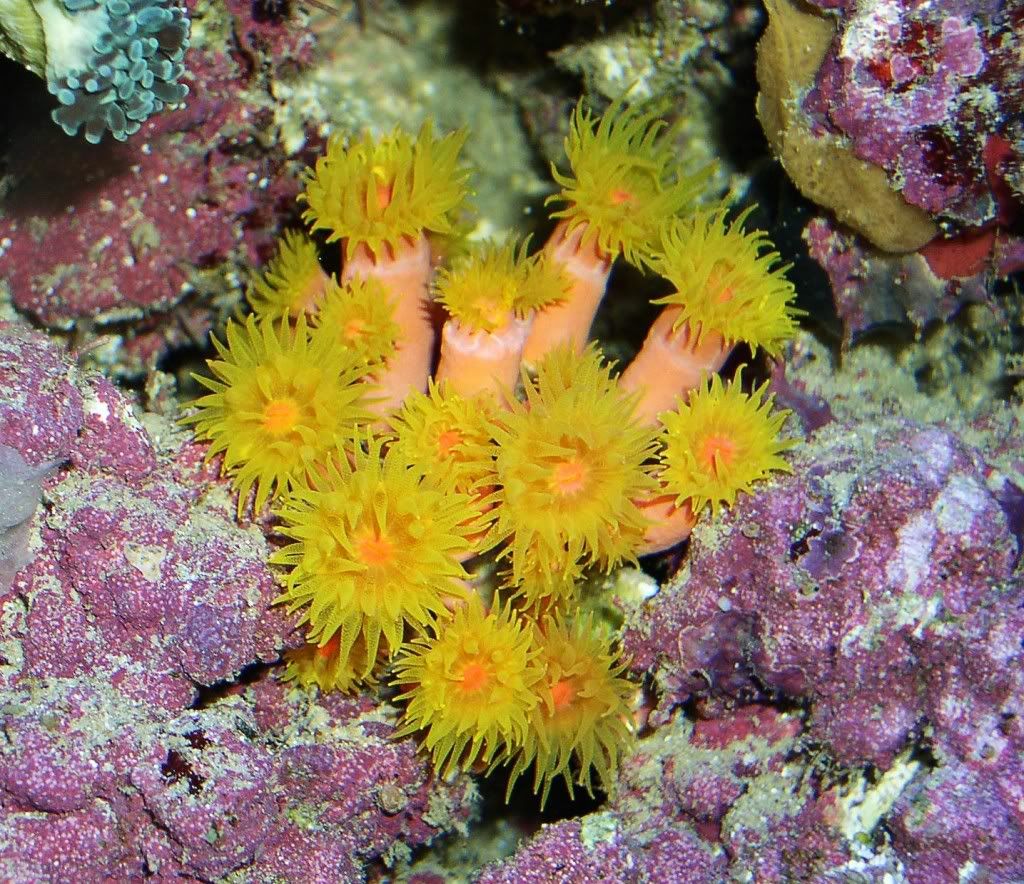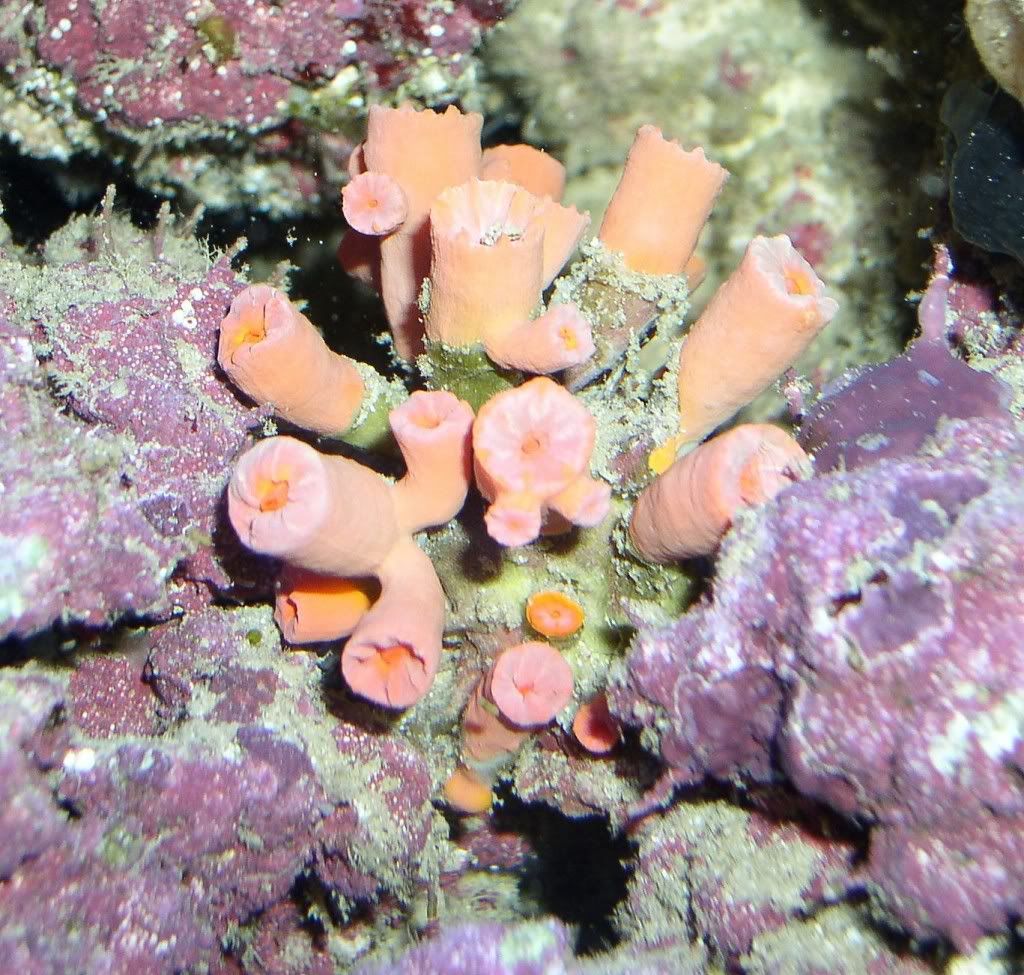big
Active Member
Being that when my wife says " Oh that is a pretty one"........ I long ago learned that if she said that........ I most of the time took that Coral home for her. There are exceptions No you can't have a Spiny Oyster, no you can't have another Elegance and so one......
Well her most recent addition is a Sun Coral......... I had never added one knowing the dismal long term issues. with them...........
So the little guy is tucked into a small cave and eating well had has been added to the night feeders list in the tank........But in reading I see that it should be in a very high flow area, with this one is not in..........
So who has keep one healthy for the "Long Term" . Years not a few months as some think of as long term. Also any hints or tricks with this non photo fellow...... Feedings I do have a good understanding of, but I guess my big concern would be the issue of flow, or any others I am not thinking of....................
I have finally reached the point of not losing a coral of fish in a very long time and I just do not want to lose this guy out of ignorance.

Well her most recent addition is a Sun Coral......... I had never added one knowing the dismal long term issues. with them...........
So the little guy is tucked into a small cave and eating well had has been added to the night feeders list in the tank........But in reading I see that it should be in a very high flow area, with this one is not in..........
So who has keep one healthy for the "Long Term" . Years not a few months as some think of as long term. Also any hints or tricks with this non photo fellow...... Feedings I do have a good understanding of, but I guess my big concern would be the issue of flow, or any others I am not thinking of....................
I have finally reached the point of not losing a coral of fish in a very long time and I just do not want to lose this guy out of ignorance.









